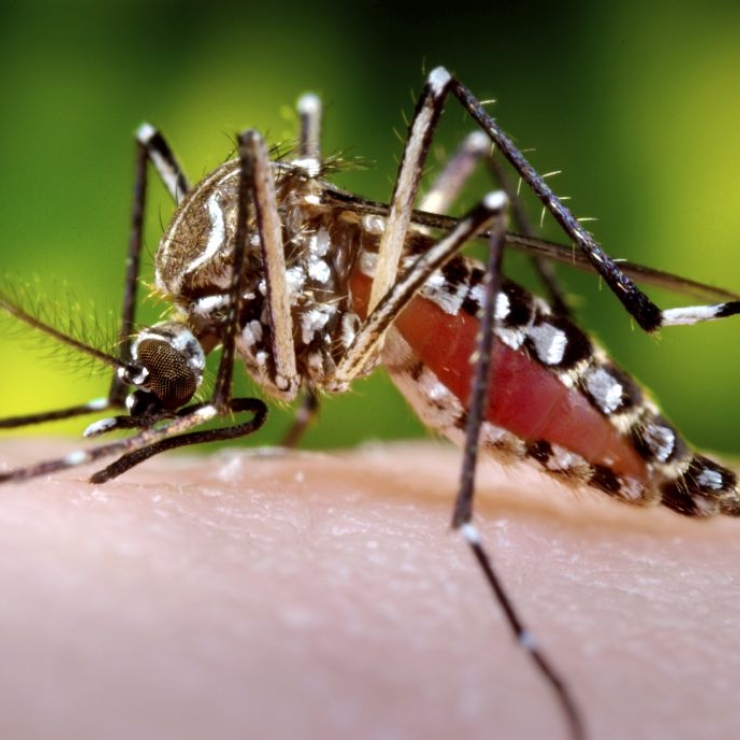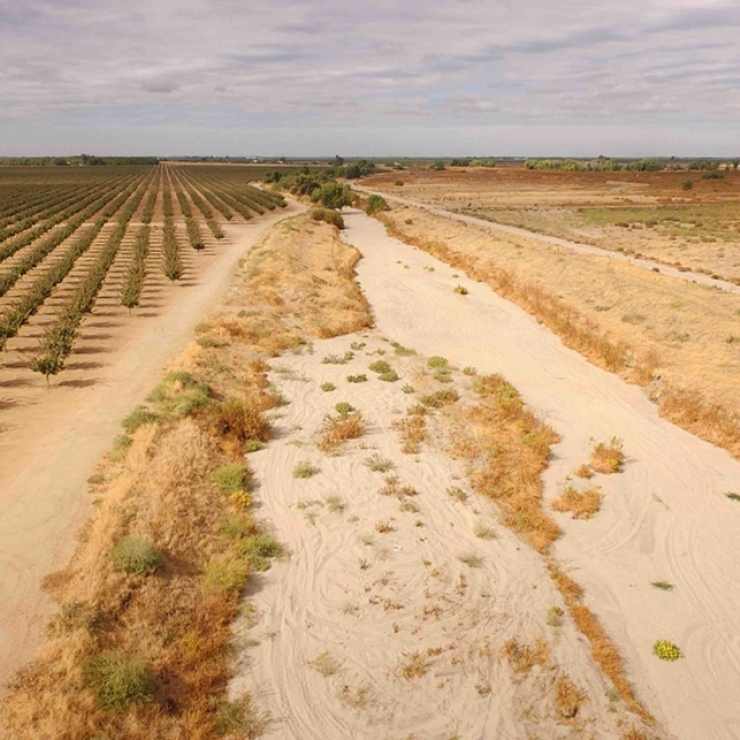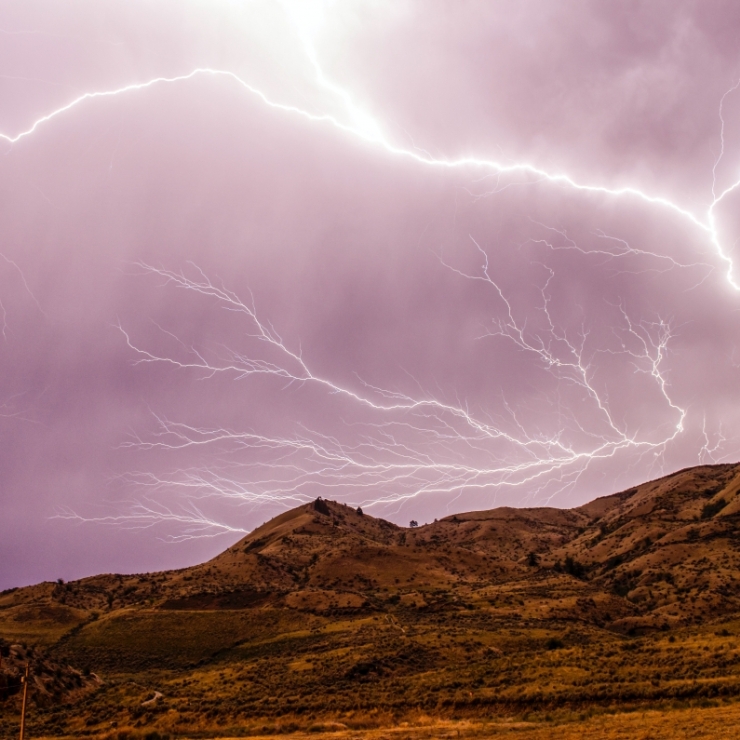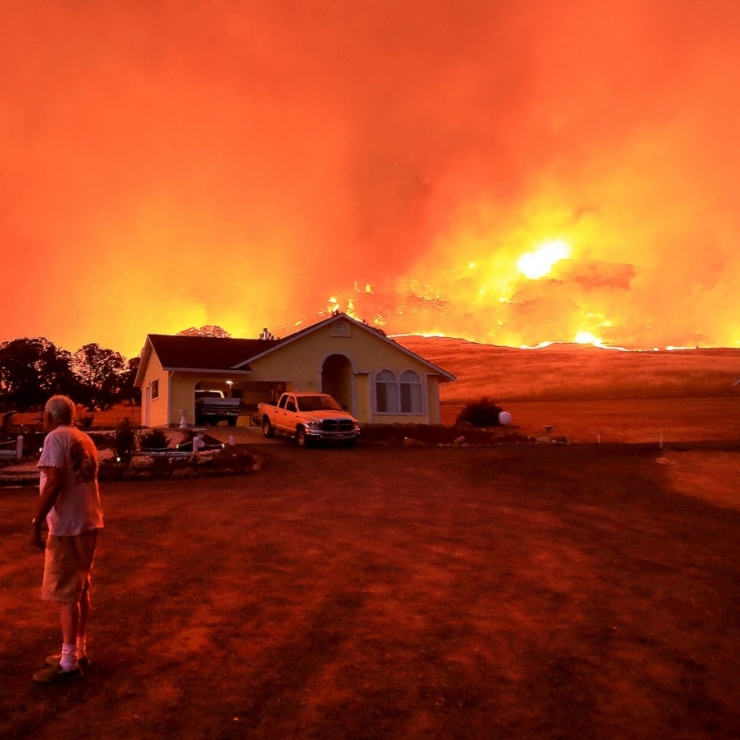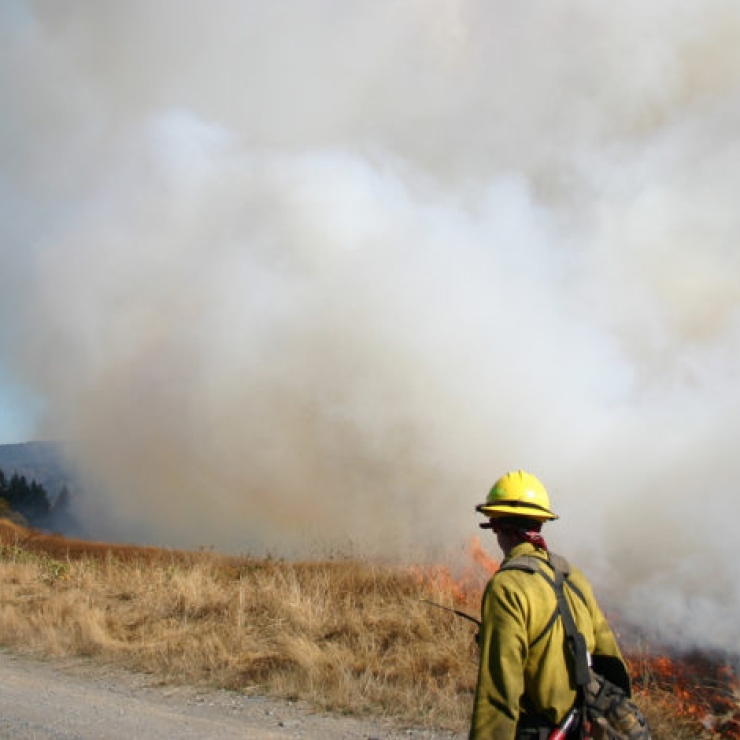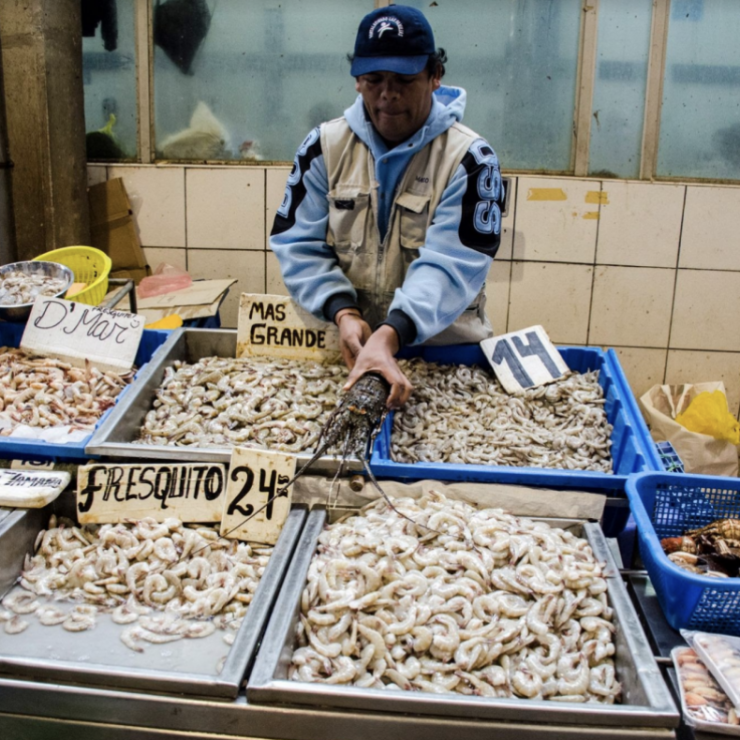The Woods Institute is now part of the Stanford Doerr School of Sustainability
All News
September 10, 2020 | Stanford Woods Institute for the Environment
All mosquitoes are not created equal. Different species of the flying pest thrive at various temperature ranges and transmit different diseases. From... Read More
September 9, 2020 | Stanford Woods Institute for the Environment
Responses to the COVID-19 pandemic have had massive ramifications on ecosystems and the atmosphere, businesses and social norms, explained Chris... Read More
September 4, 2020 | Resources for the Future
A new survey conducted by Jon Krosnick and Bo MacInnis reveals how Americans feel about adaptation and prevention policies to combat wildfires and... Read More
September 2, 2020 | Stanford School of Earth, Energy & Environmental Sciences
A better understanding of how gravity waves in the upper atmosphere interact with the jet stream, polar vortex and other phenomena could be key to... Read More
August 31, 2020 | Stanford Water in the West
As California works to sustainably manage groundwater resources, new research identifies how scientifically informed coordination between... Read More
August 27, 2020 | Stanford Woods Institute for the Environment
Unusual lightning strikes sparked the massive wildfires burning across California. Stanford climate and wildfire experts discuss extreme weather’s... Read More
August 27, 2020 | Stanford Law School
Deborah Sivas discusses the effects of climate on fires and policy changes that might lessen their danger.
August 26, 2020 | Stanford Woods Institute for the Environment
California’s massive wildfires bring a host of health concerns for vulnerable populations, firefighters and others. Kari Nadeau and Mary Prunicki of... Read More
August 19, 2020 | Stanford Center for Ocean Solutions
A new paper finds if wild fisheries and mariculture are sustainable managed, they could help meet the rising demand for food in the long term.

